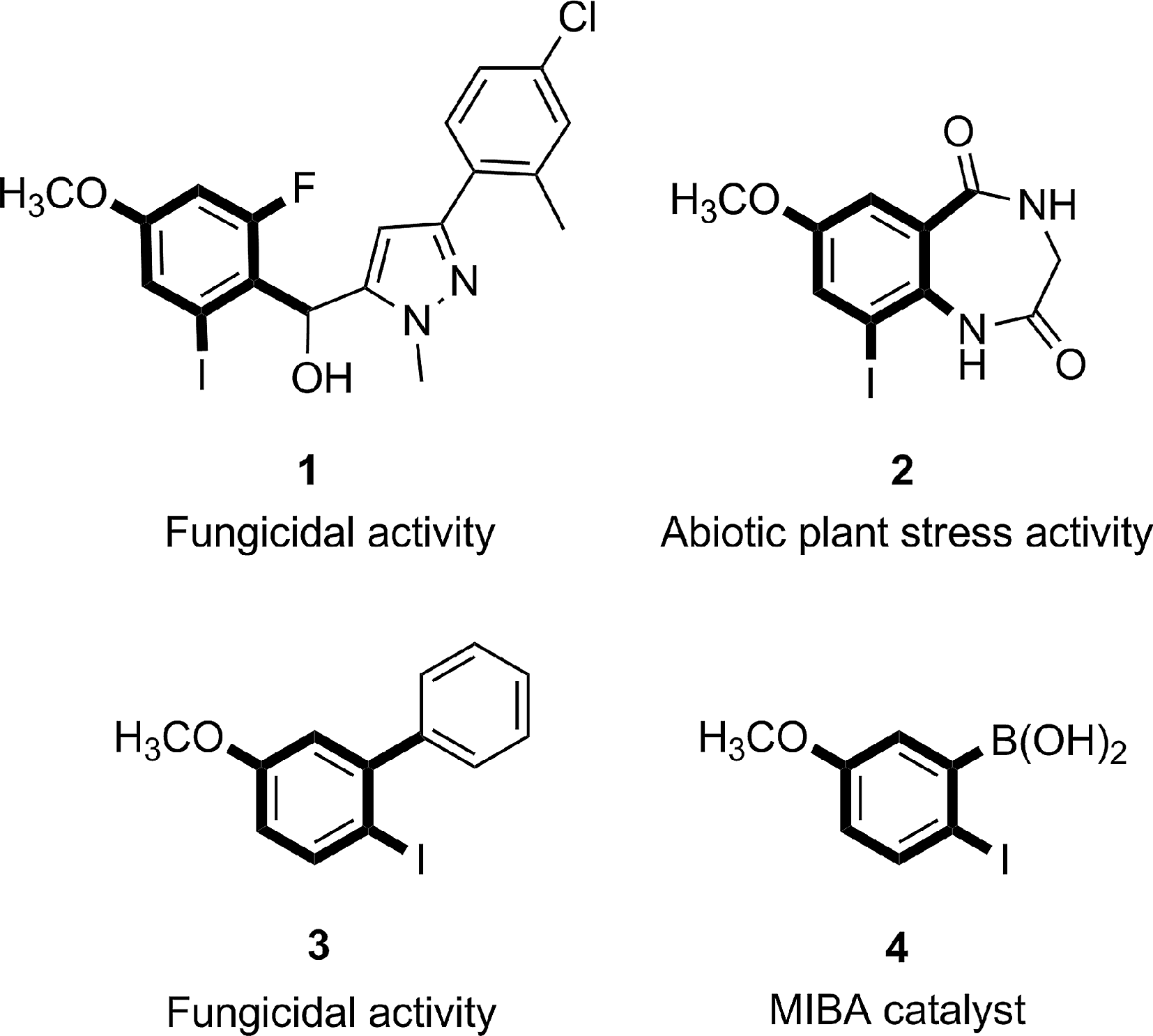Anisole
CAS number: 100-66-3
Anisole is a monomethoxybenzene that is benzene substituted by a methoxy group. It has a role as a plant metabolite.
Related images
Related Questions and Answers
A: Anisole fumigation at 150 μL/L achieved complete control of rice weevil (S. oryzae) adults at all tested depths (0, 10, and 20 cm) in stored corn. This indicates that anisole can be effective in practical storage scenarios, especially when combined with forced aeration to enhance its diffusion and penetration.
A: Anisole fumigation demonstrated stronger efficacy than methyl benzoate, another essential oil tested for pest control. It achieved complete control of pests at lower concentrations and shorter exposure times compared to traditional fumigants. Additionally, anisole is expected to be safer for fumigated products and the environment due to its natural origin and lower phytotoxicity.
A: The median lethal times (LT50) for anisole fumigation were 0.59 hours for S. granarius, 0.53 hours for S. oryzae at 50 μL/L, and 2.90 hours for T. confusum at 600 μL/L. The 99% lethal times (LT99) were 1.62 hours for S. granarius, 1.48 hours for S. oryzae at 50 μL/L, and 6.71 hours for T. confusum at 600 μL/L.
A: Anisole is a major component of essential oils extracted from aniseed and has demonstrated insecticidal effects both as a contact insecticide and as a fumigant. It has a vapor pressure of 3.54 mmHg at 25°C, which makes it a promising candidate for fumigation to control postharvest pests.
Q: What is the significance of using anisole as a solvent in the processing of semiconducting polymers?
A: Anisole is considered a green solvent due to its low toxicity and environmental impact. The use of anisole allows for the processing of semiconducting polymers like PTQBT-T without compromising performance. PTQBT-T films spuncast from anisole exhibit a hole mobility of 2.30 cm²V⁻¹s⁻¹, which is a record high for green solvent-processable semiconducting polymers via spin-coating. This demonstrates that anisole can be used to achieve high-performance organic electronic devices while maintaining environmental sustainability.
